In elementary school, my friends and I formed a band. Actually, “band” is a strong word — at our various playdates, we would craft ridiculous parodies of pre-existing songs. Really, about 99% of our discography as an up-and-coming musical act was based on a single album: 1989 by Taylor Swift.
Unfortunately, as proud as we were of our parodies, we definitely disgraced Swift’s original genius. But the fact remains that we knew every word of every song on that album. 1989 was the first Taylor Swift CD I owned. It was the album of my childhood, but the deep love I have for it has only intensified over the years. As I revisit it just under a decade later, upon the release of the rerecorded “Taylor’s Version,” it is impossible for me to ignore the nostalgia tied to this album. The stakes for a “Taylor’s Version” had never been higher.
But when I put on my headphones and let the cool synth notes of “Welcome To New York (Taylor’s Version)” wash over me, I was also overwhelmed by a wave of disappointment. It continued to grow as I listened on. The songs I have known and loved since I was 8 sounded strikingly different. Overall, while 1989 (Taylor’s Version) offers the same iconic poppy sound, it ultimately strays from the essence of the original album.
Part of my dislike can be attributed to the initial shock and instinct to compare after the first listen. However, I have since listened to the album several (thousand) more times. While I have grown more accustomed to the updated versions of my favorite songs, it is still clear that many differ from the originals significantly. “Blank Space (Taylor’s Version)” and “Style (Taylor’s Version)” — songs I consider to be two of the most iconic pop songs of all time — particularly exemplify my issues with this version: production and vocal style.
The original version of “Style” is one of my favorite Taylor Swift songs ever. That iconic guitar riff in the introduction is hair-raising; it’s raw, electric, rough and smooth at the same time. Swift’s angry vocals lend the song a mysterious quality — it feels like headlights flashing past your windowpane at midnight. But in the new version, that same introduction fell flat. It was emptier. The rest of the song felt similarly bare; in addition to the production being less full, the pacing felt rushed and the vocals were devoid of the same emotion.
Likewise, “Blank Space (Taylor’s Version)” felt hollow. While the production remained the same, Swift’s singing was different; it sounded like she was standing further away from the mic. This detracts from the intimate quality of the original version. “Blank Space” is a song known for its sassiness, a cheeky nod to the media’s overblown perception of Swift as a boyfriend-hopper, but the new version lacks the same brashness. As with many songs on the rerecord, it sounded like they were being sung by AI.
Those two songs, as well as “Clean ( Taylor’s Version)” and the iconic “Shake It Off (Taylor’s Version),” strayed from the originals in terms of production. The songs seemed too overproduced. Although the original 1989 was a synthy, electronic pop album, the tracks retained an angsty quality that lent organic emotion to them. This time around, however, the album feels like it’s missing something — it’s too polished. To me, it seems that Swift prioritized production quality over staying true to the original songs.
While I don’t like change, I do think an artist should be allowed to experiment, especially with their own work. The purpose of Swift’s rerecording project, however, is not to play around with her discography, but to allow fans to listen to the songs they love that actually belong to her. I feel like she should not have made so many changes — albeit small ones — to the album. Additionally, one could argue that the songs sound different simply because her 25-year-old voice and 33-year-old voice are just inherently distinct. To that, I’d say it’s not her voice that’s jarring, but the way she sings the songs.
Part of the fun of “Taylor’s Version” albums is hearing her maturity come through on songs she wrote in her youth, like hearing 30-something vocals on “Never Grow Up” or “Fifteen.” While the vocals seem technically improved on 1989 (Taylor’s Version), many tracks lack the rawness of the originals. 1989 conveyed the angst Swift felt in going through the heartbreak and chaos of her 20s, and that made the songs better. I think she can balance showcasing her maturity as both a person and an artist while retaining the original emotion of the songs.
That isn’t to say it’s all bad. “Out of the Woods (Taylor’s Version)” and “I Know Places (Taylor’s Version)” hit the high bar that the originals set, and “Bad Blood (Taylor’s Version)” is even better than the original. I also loved the “From The Vault” tracks that were left off the original album. “‘Sl*t!’” and “Is It Over Now?” have to be my favorites, and I’ve been streaming all five nonstop since their release. It’s cool to see the influence of Swift’s current musical style on songs she wrote almost a decade ago: production-wise, they are reminiscent of Midnights and even Lover. I didn’t love the “Vault” tracks from Speak Now (Taylor’s Version), the rerecord that preceded this one, but these are certainly Swift’s redemption. 1989 is a perfect album — what could be better than more of it?
All in all, while I am disappointed with some elements of the album (“Style (Taylor’s Version)” will never be forgiven), it was fun to relive my childhood nostalgia. I only picked apart the new versions because I love them so dearly. Indeed, 1989 (Taylor’s Version) made me appreciate yet again how incredibly talented and smart Swift is. She truly never goes out of style, and I doubt 1989 ever will either.



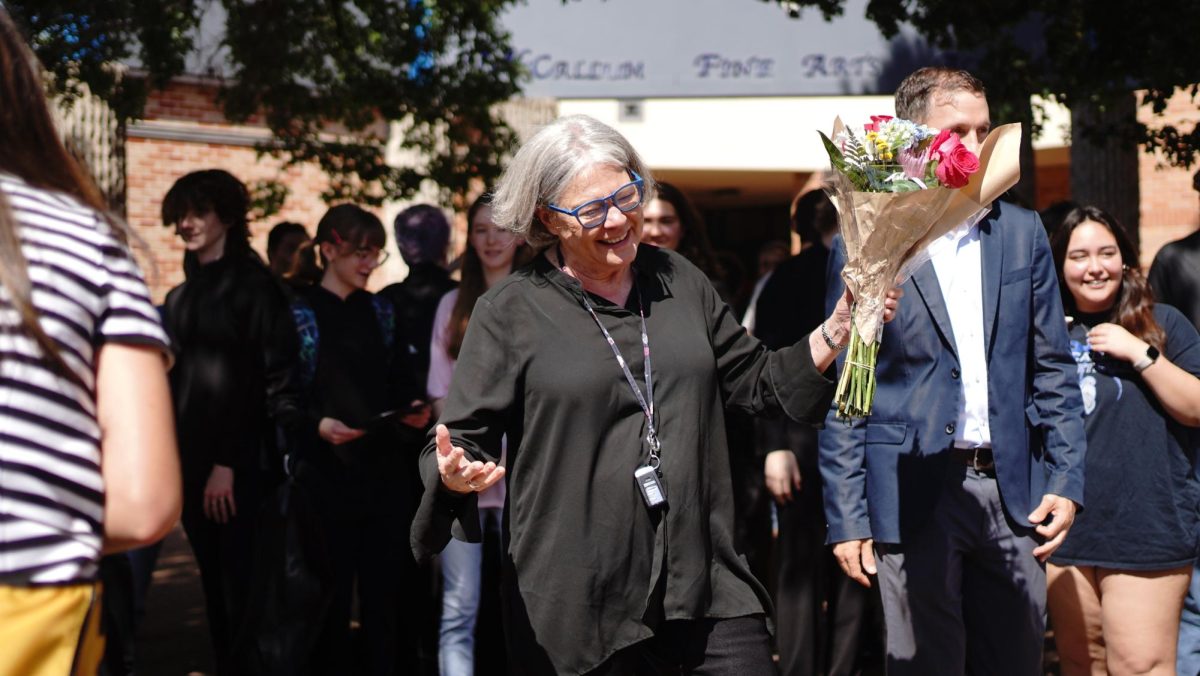
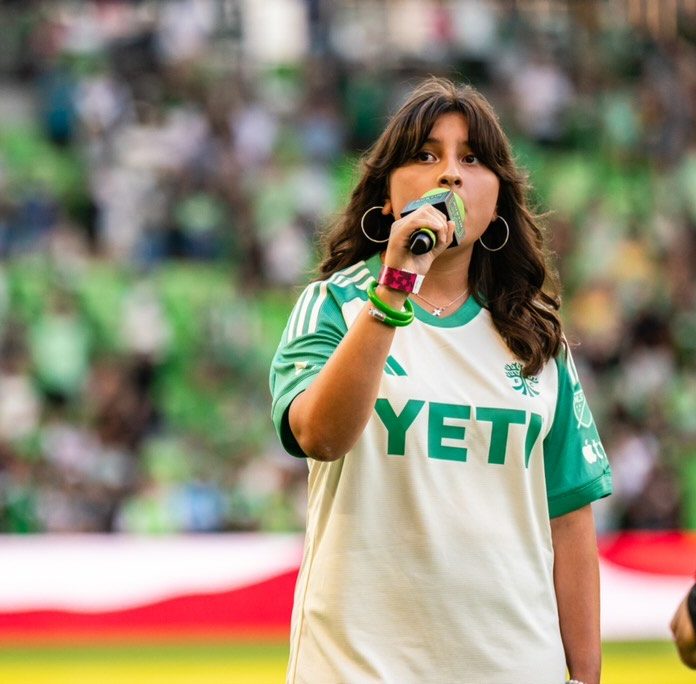
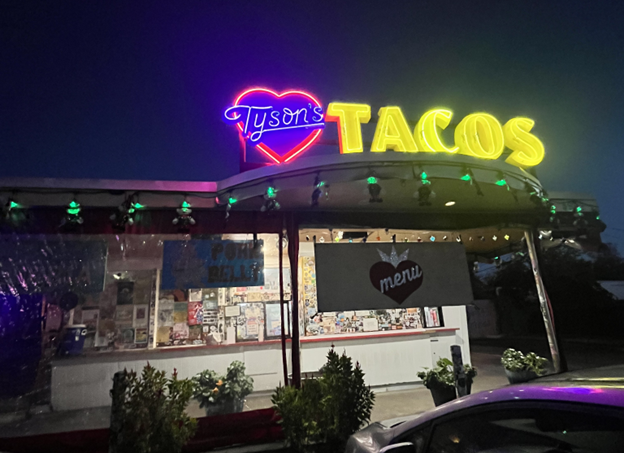
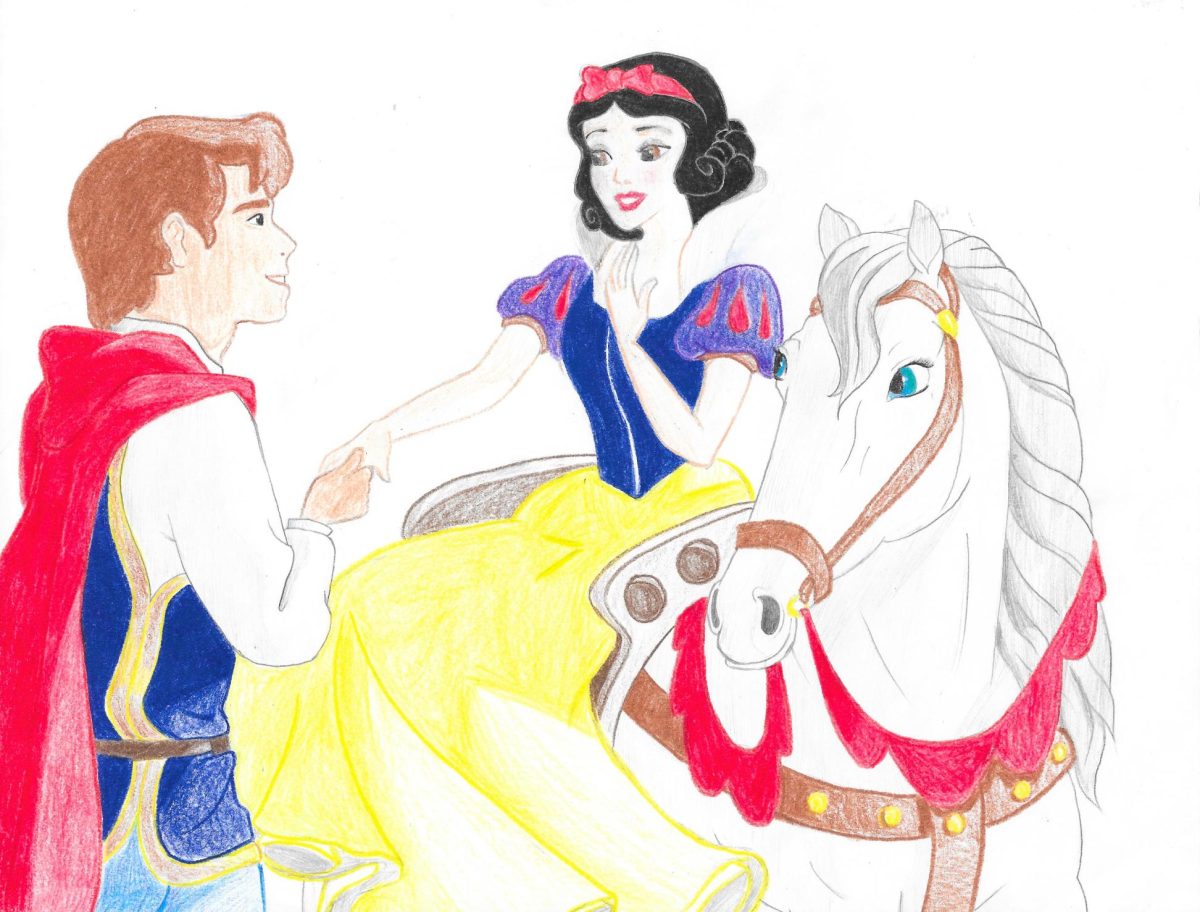


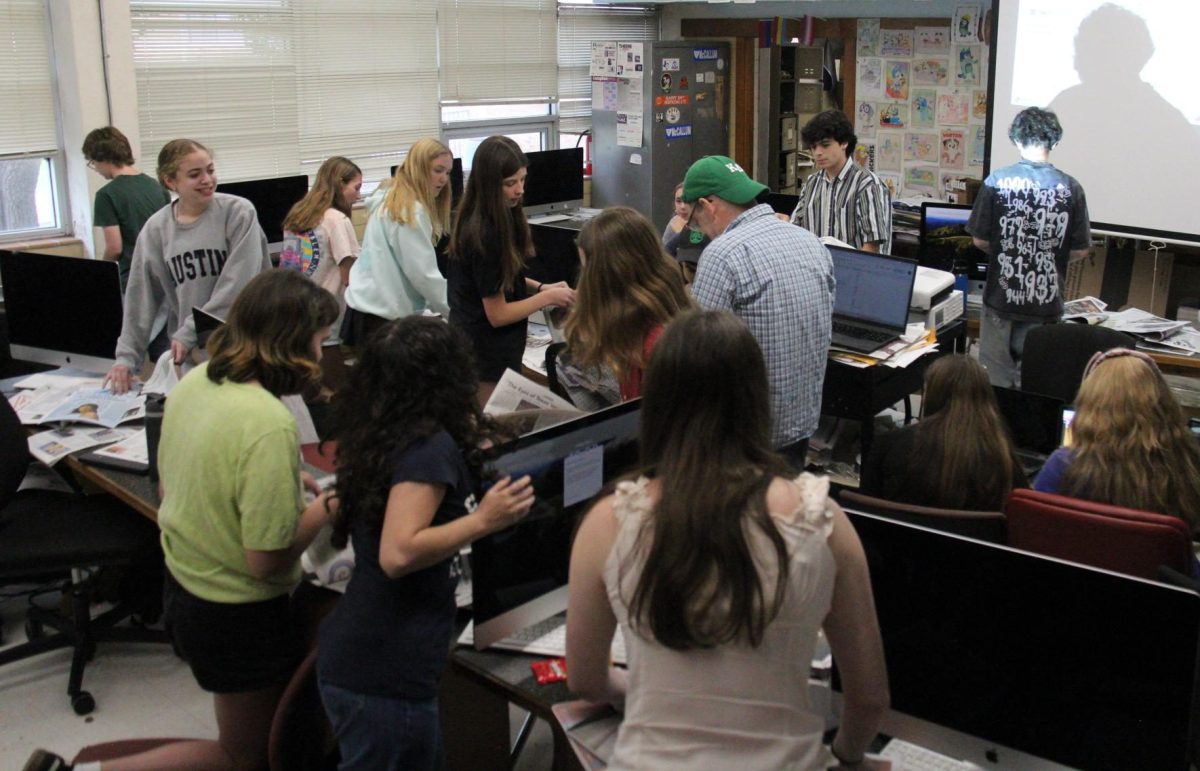
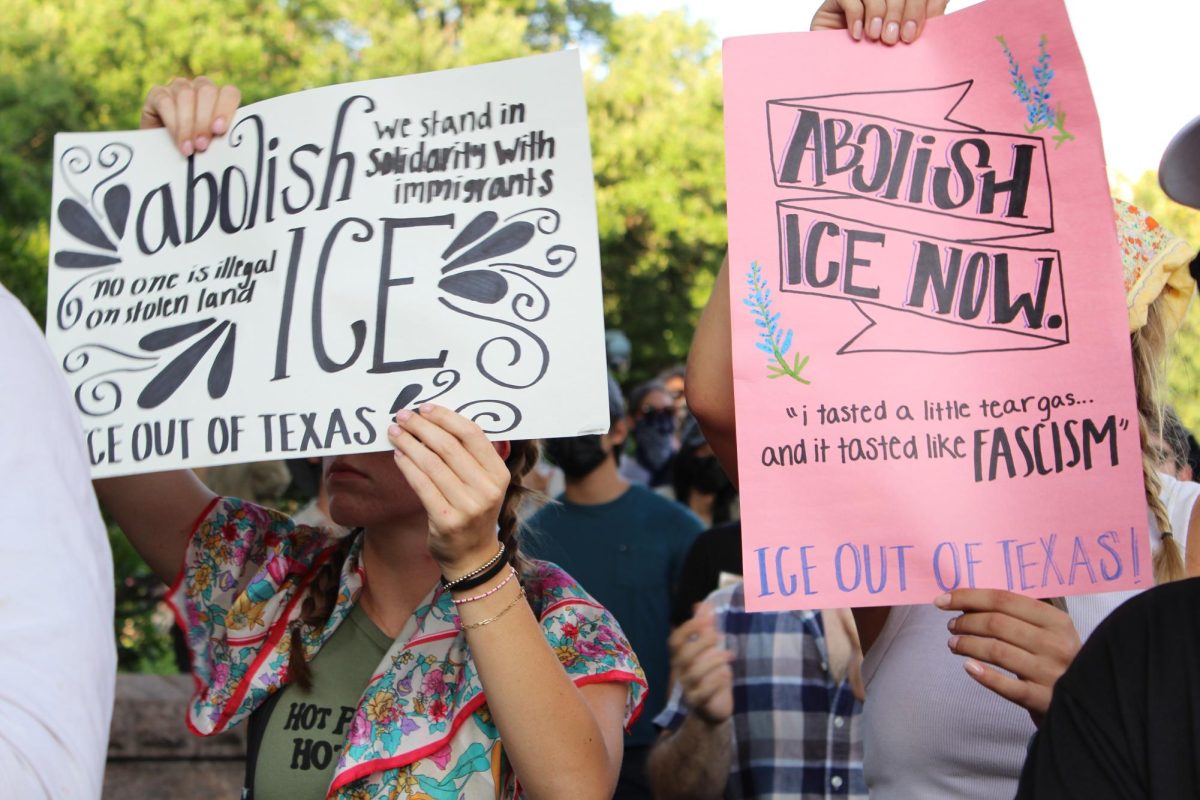

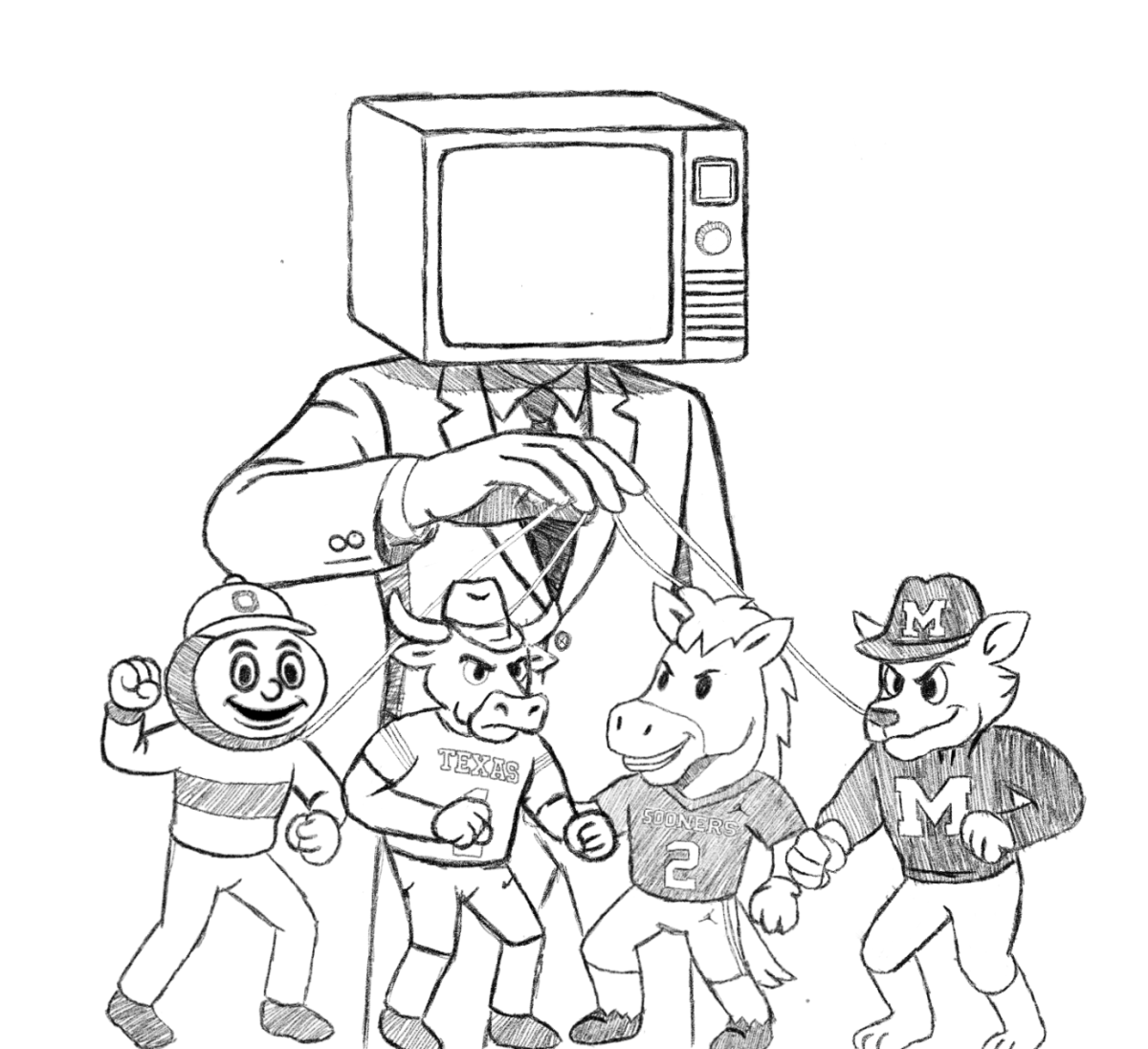


Arwen Pelletier • Jan 18, 2024 at 3:51 pm
I thought that you encapsulated 1989 (Taylor’s Version) very well with this review, but I disagree with some of your points. As Taylor has grown and matured so has her voice. In your article I felt as if you didn’t take this point into consideration, but I do agree with some points. For example, I also believe that most of the songs on the 1989 rerecording were far overproduced, and Swift should’ve stuck with the original production style. Overall, I think your article is great!
Katie Martin • Jan 17, 2024 at 3:22 pm
Love this story! Although I disagree with your opinion, the story is very informative and well-written. I really liked that along with saying what you didn’t like about the album, you added songs that you thought were good too! The comparisons and descriptive words in the story were very helpful in making me see what you were talking about. The hook was very well composed, and made me want to read the rest of the article. I do think that you could have added more about the significance the album holds for you to help support your opinion of it falling short. Overall, you did an amazing job with this article.
Carson Duncan • Nov 1, 2023 at 11:06 pm
I think that this story is very well written because it gives us all of the details to back up the opinions. Without the reasoning, she would have no argument and I think she did a great job of explaining her thinking. If I had to give a critique it would be to add more to the positive side of the argument. It seems that there was songs that the writer really enjoyed but we did not have as much detail as to why they were better on this album. I wish she would have explained more about Bad Blood or why she liked certain vault tracks over others. Overall I think this is a very good story!